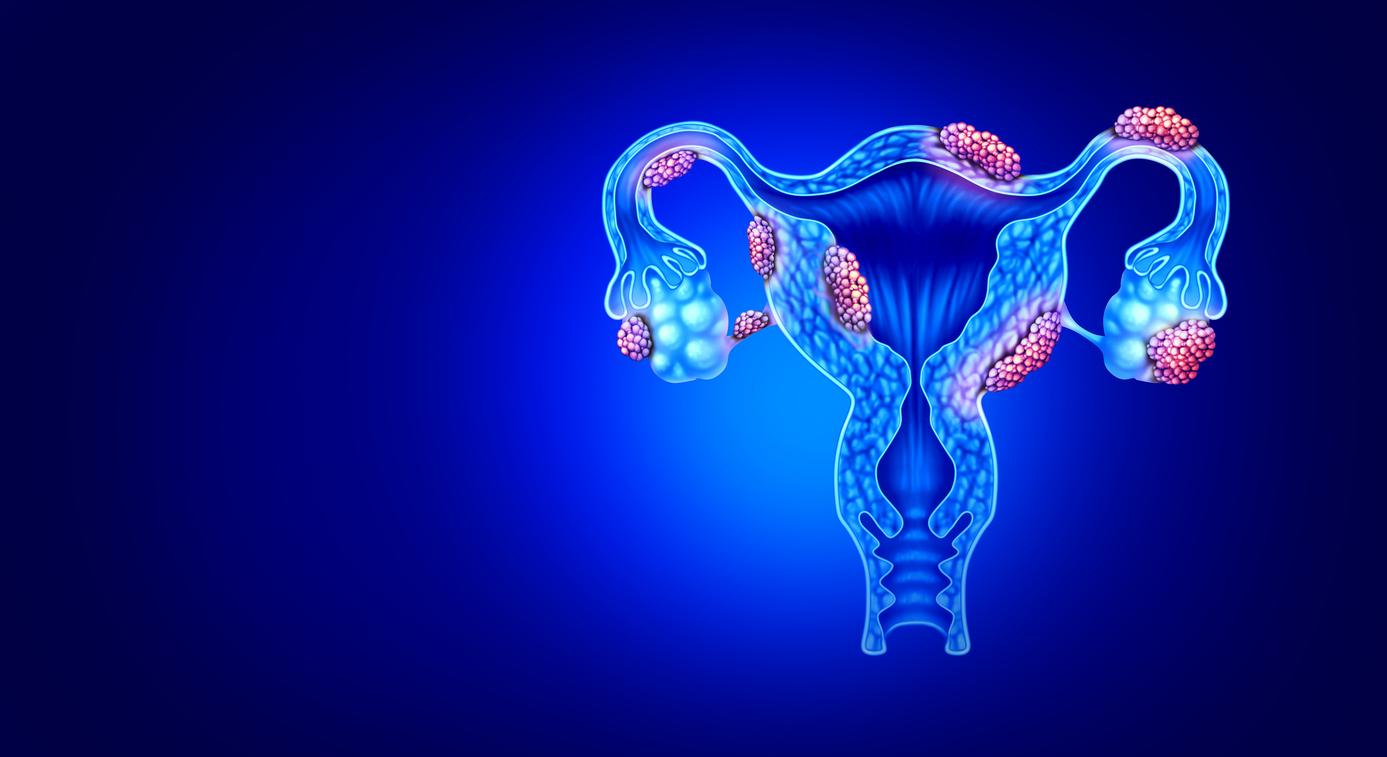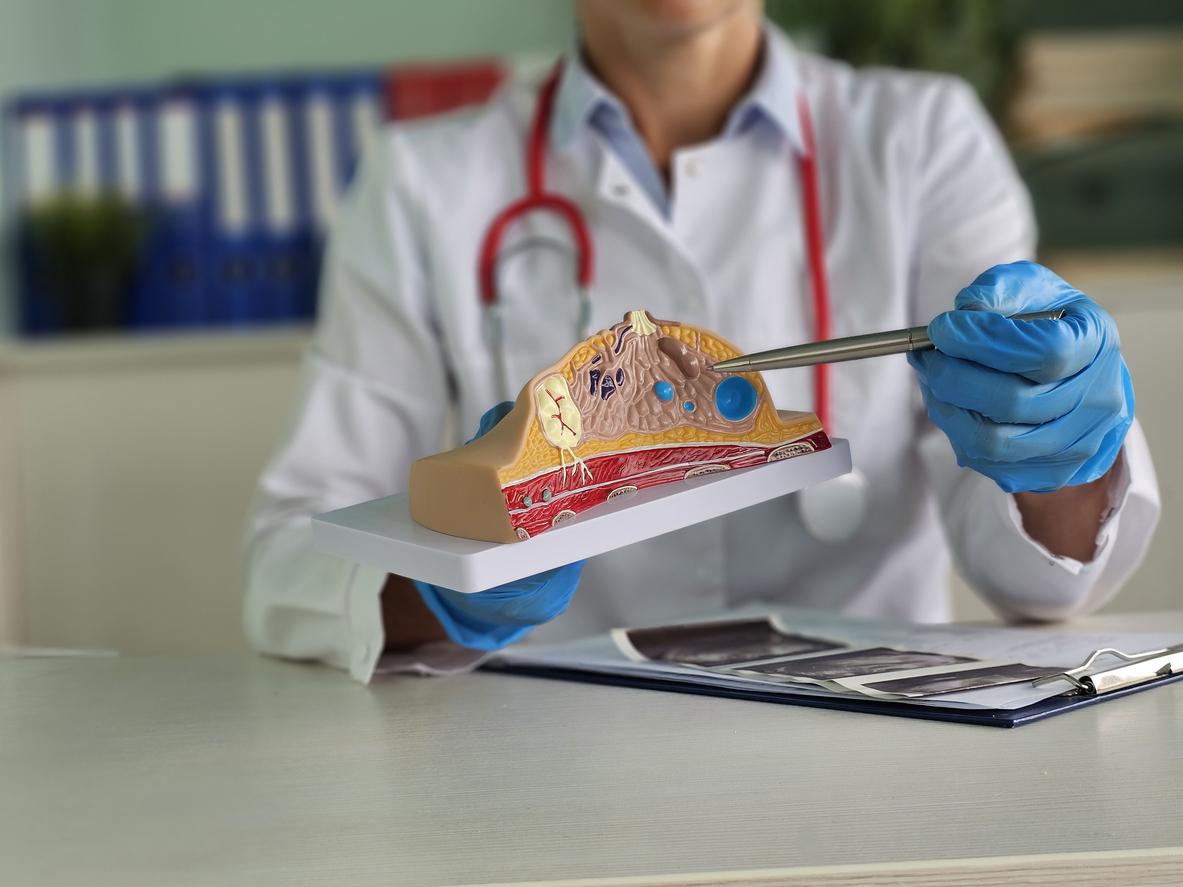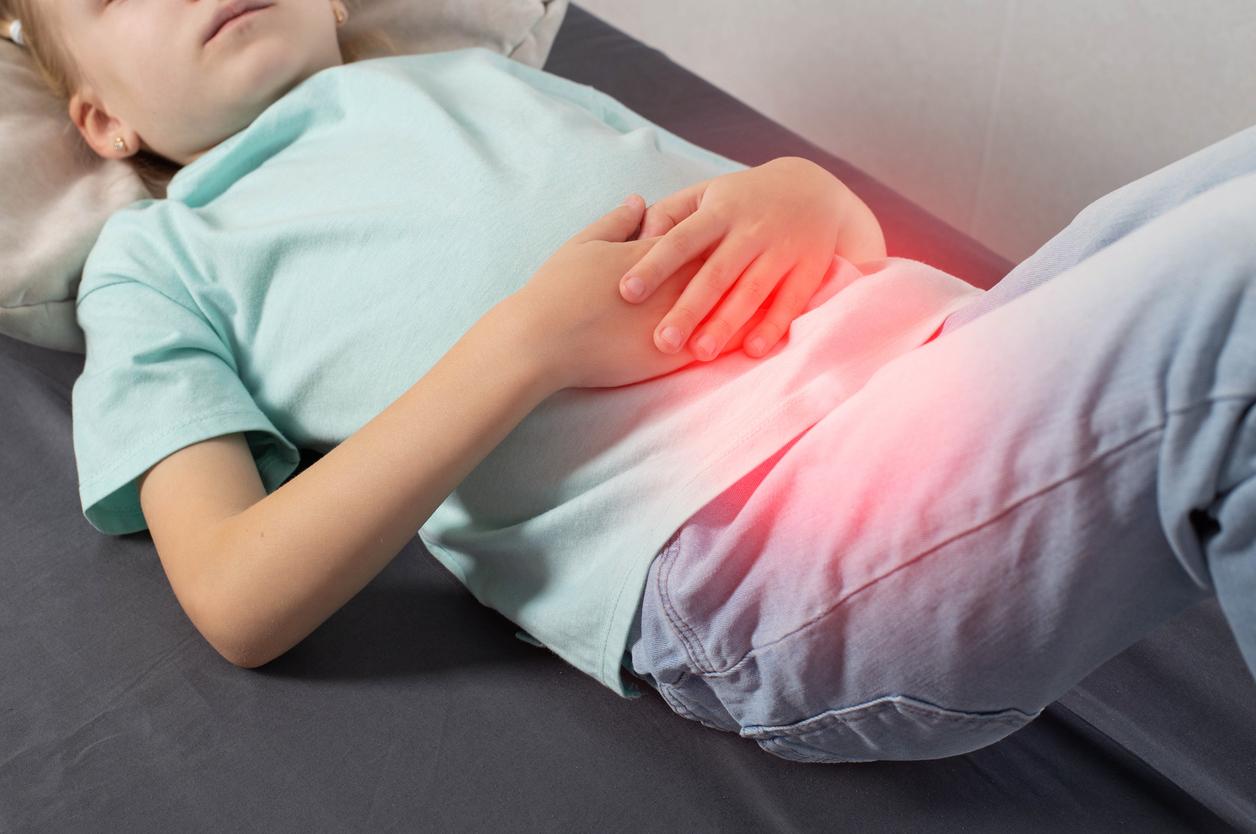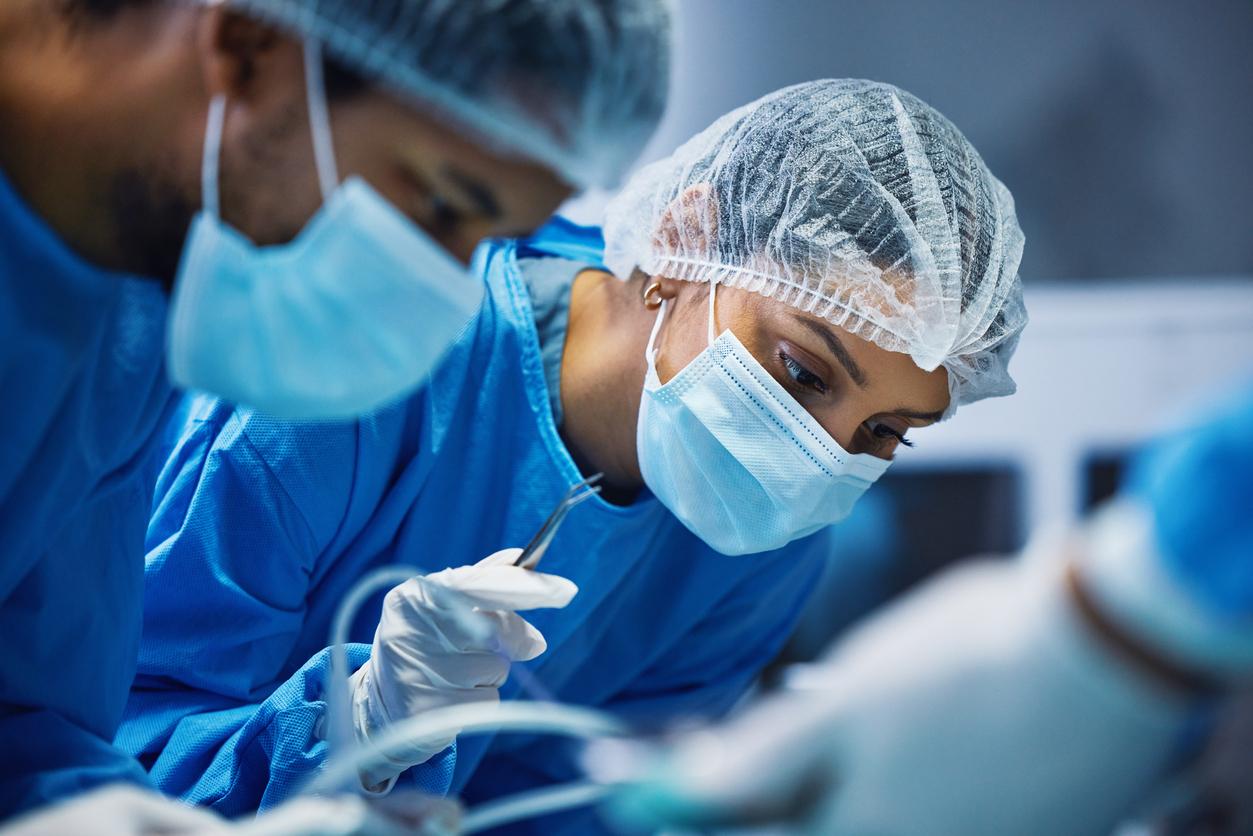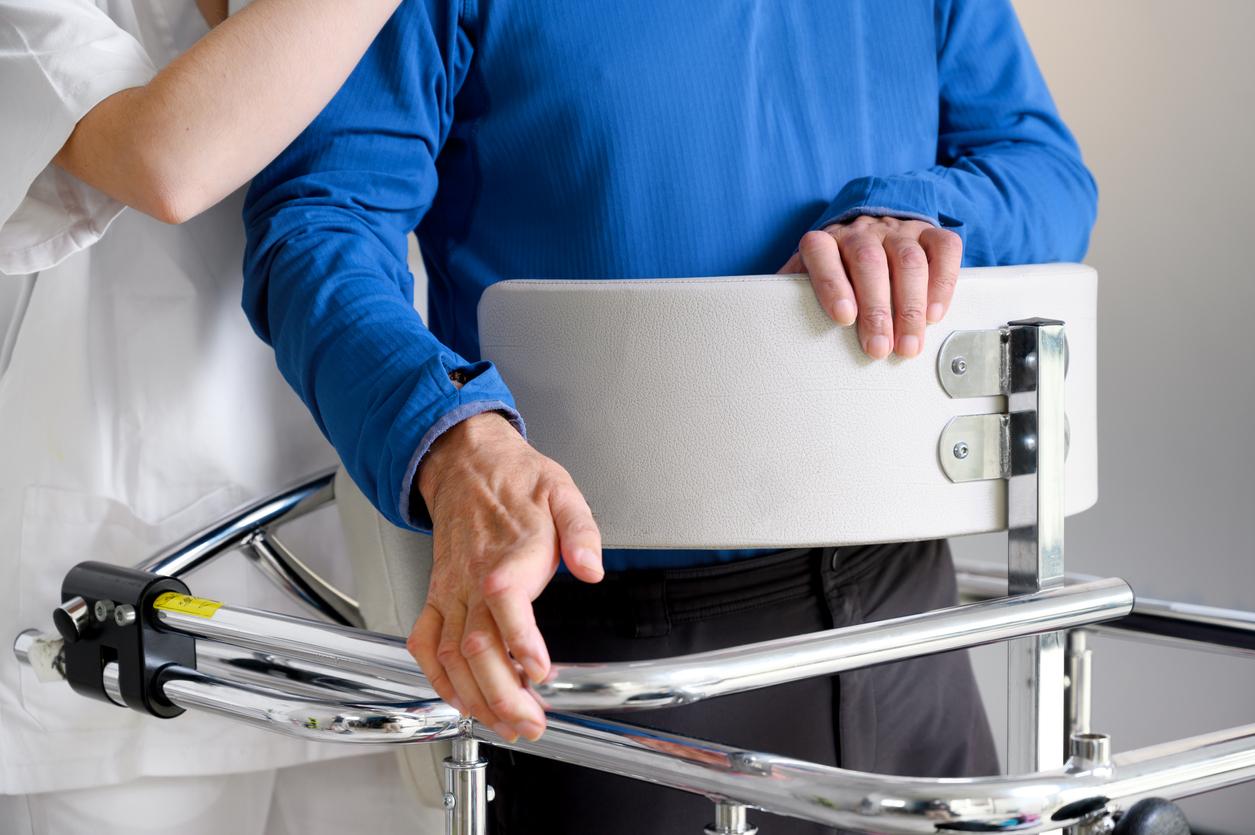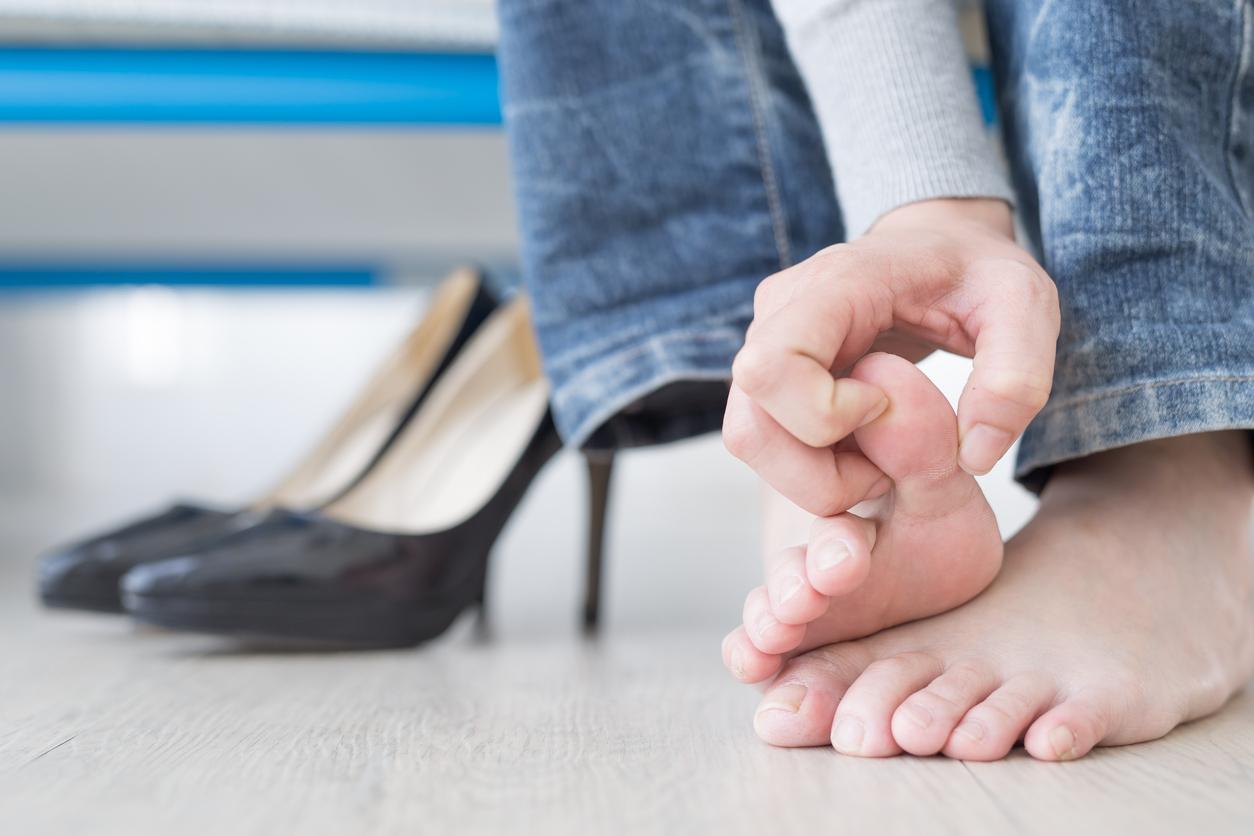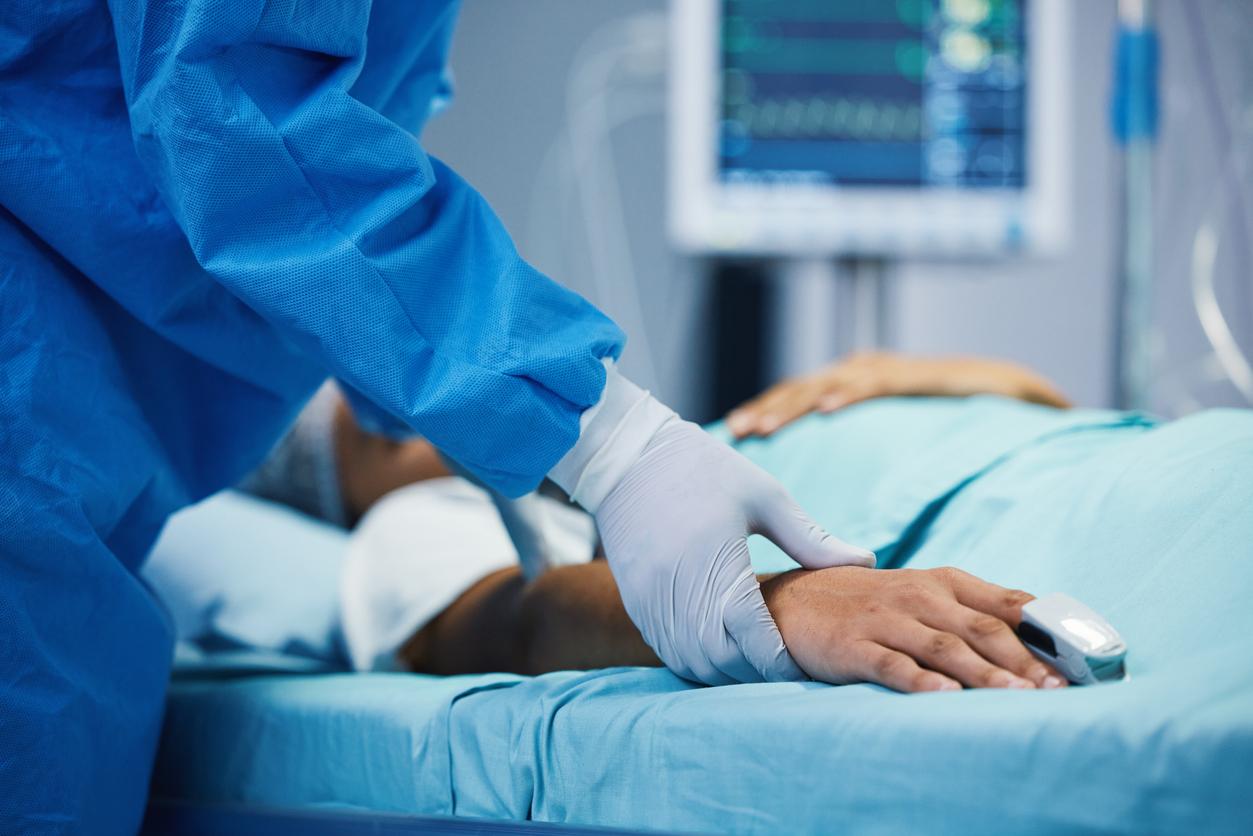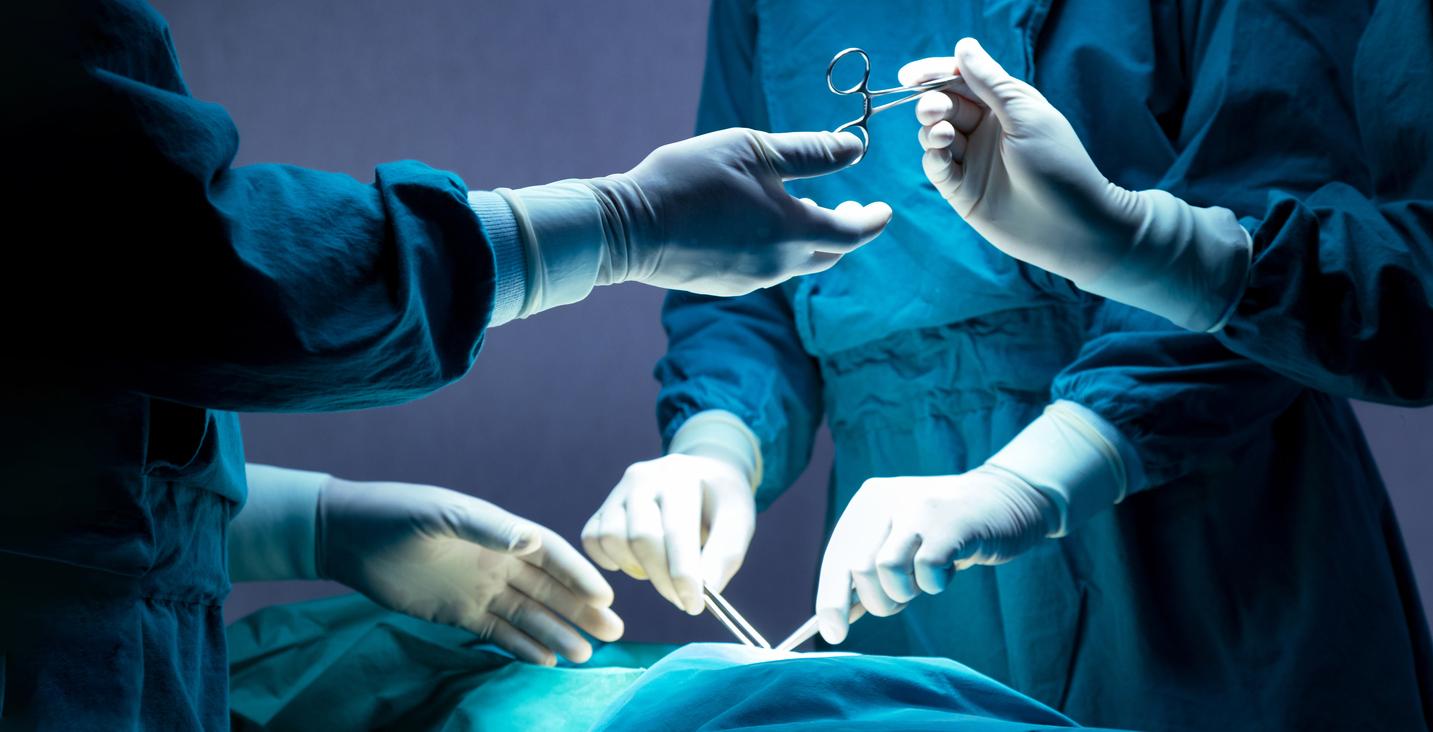Signs of the early stages of venous disease are spider veins and varicose veins. The point on the treatments that make it possible to make them disappear … for a time.

If the venous disease is a chronic disease, ie from which there is no cure, this does not mean that it cannot be treated. First to remove the pain or too visible signs such as varicose veins, but above all to prevent it from getting worse to the most serious stages. “When we see a patient for the first time, we do a check-up with a Doppler ultrasound –an examination which aims to observe the circulation of blood in the vessels – which makes it possible to see if the varicose veins are superficial or more important”, explains Dr Christelle Bougard, vascular doctor and phlebologist.
Eliminate varicosities
Initially, there are treatments such as sclerosis or laser by attacking one of the first signs of venous disease, varicosities. “For sclerosis, we inject a liquid at the level of the varicosity, which makes it disappear”, specifies Dr Bougard, explaining how this technique is evolving: “For a few years, we have also been using sclerosis at the mousse; it’s the same product but comes in the form of a mousse rather than a liquid, which has a much more powerful effect and allows the sclerosis of much larger venous trunks”.
Another way to treat varicosities, the vascular laser. “The effect is much more lasting and we can treat areas that cannot be ossified, especially in the malleolus”, continues Christelle Bougard. A mode of intervention that has very little impact on everyday life: “The treatment is not heavy, it is done in the office and we leave with a few bandages to keep for 24 hours… We can go to work right after the session , you just have to avoid swimming or exposing yourself to the sun for two days after the bite,” adds the practitioner. This vascular laser treatment must be done at the rate of one or two sessions per year, except in the event of aggravation of the venous disease.
Less invasive surgeries
Heavier are the treatments for varicose veins that require surgery. Until now, we operated by doing stripping, that is to say that we removed the damaged veins by making small incisions in the skin. A practice very to the point which however requires the wearing of compression devices after the intervention to avoid hematomas.
But when surgery is necessary, it also benefits from progress in lightening the procedures. “Today, we have endovenous techniques which, using a probe or a laser, burn the vein from the inside and make it disappear, explains Dr Christelle Bougard, it is a less invasive with fewer post-operative consequences”.
But the phlebologist insists, whatever the treatment, on the importance of regular monitoring of the evolution of the venous disease: “My job, after that of the surgeon, is to carry out monitoring and prevention in the years following the interventions”.
Below, our report with Dr. Christelle Bougard:
Below, the program “Questions aux Experts” on venous disease with Dr. Vincent Crébassa:
.









